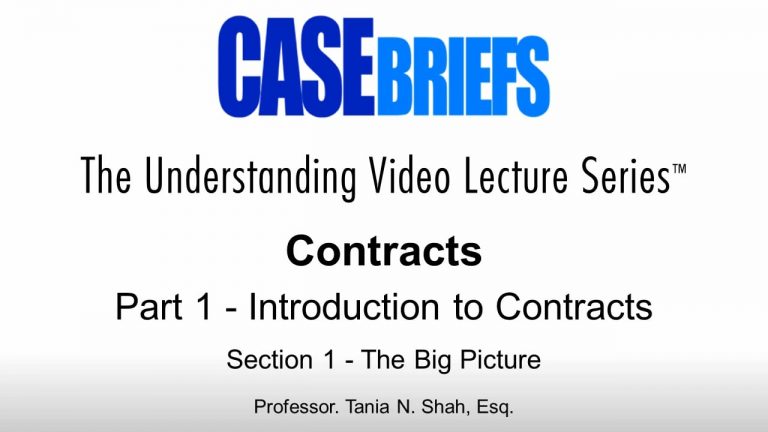SmartBrief
Confirm favorite deletion?
Contracts Keyed to Ayres
Howard E. Bailey v. Richard E. West
Citation:
105 R.I. 61.
ProfessorMelissa A. Hale
CaseCast™ – "What you need to know"
Facts
The Defendant (West) purchased a horse from another party uninvolved with the lawsuit. However, the horse arrived lame, and the Defendant tried to reject the horse by sending it back to the seller. The seller refused to accept the horse, so the Defendant’s trainer sent the horse to the farm owned by the Plaintiff (Bailey), where the Plaintiff housed and fed the horse for four years. Early on, the Plaintiff sent a bill to the Defendant for the expenses, Defendant responded in a few months that he was not the owner of the horse and was not responsible for sending the horse there. Importantly, the trial judge also believed that the Defendant’s trainer had told the Plaintiff at the initial boarding of the horse that the Defendant would not be liable for any expenses as the Defendant did not own the horse.
Only StudyBuddy Pro offers the complete Case Brief Anatomy*
Access the most important case brief elements for optimal case understanding.
*Case Brief Anatomy includes: Brief Prologue, Complete Case Brief, Brief Epilogue
- The Brief Prologue provides necessary case brief introductory information and includes:
Topic:
Identifies the topic of law and where this case fits within your course outline.Parties:
Identifies the cast of characters involved in the case.Procedural Posture & History:
Shares the case history with how lower courts have ruled on the matter.Case Key Terms, Acts, Doctrines, etc.:
A case specific Legal Term Dictionary.Case Doctrines, Acts, Statutes, Amendments and Treatises:
Identifies and Defines Legal Authority used in this case.
- The Case Brief is the complete case summarized and authored in the traditional Law School I.R.A.C. format. The Pro case brief includes:
Brief Facts:
A Synopsis of the Facts of the case.Rule of Law:
Identifies the Legal Principle the Court used in deciding the case.Facts:
What are the factual circumstances that gave rise to the civil or criminal case? What is the relationship of the Parties that are involved in the case.Issue(s):
Lists the Questions of Law that are raised by the Facts of the case.Holding:
Shares the Court's answer to the legal questions raised in the issue.Concurring / Dissenting Opinions:
Includes valuable concurring or dissenting opinions and their key points.Reasoning and Analysis:
Identifies the chain of argument(s) which led the judges to rule as they did.
- The Brief Prologue closes the case brief with important forward-looking discussion and includes:
Policy:
Identifies the Policy if any that has been established by the case.Court Direction:
Shares where the Court went from here for this case.
Topic Resources
Topic Outline

 6m 3s
6m 3s